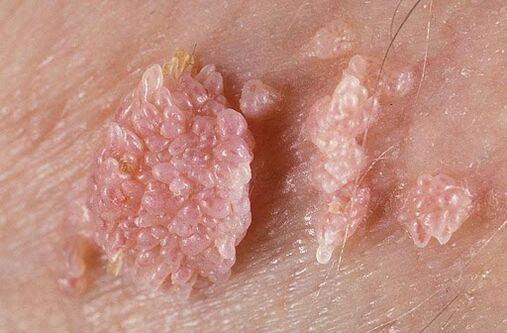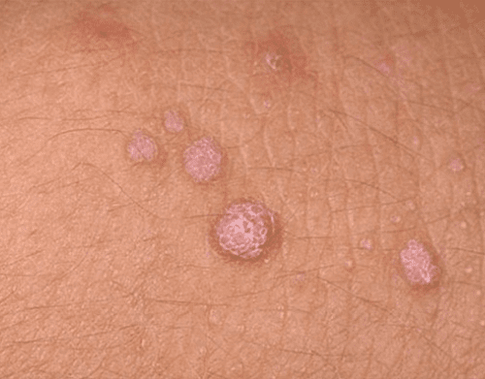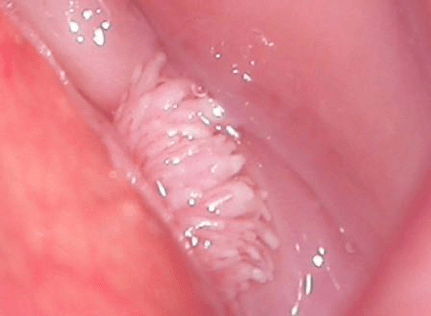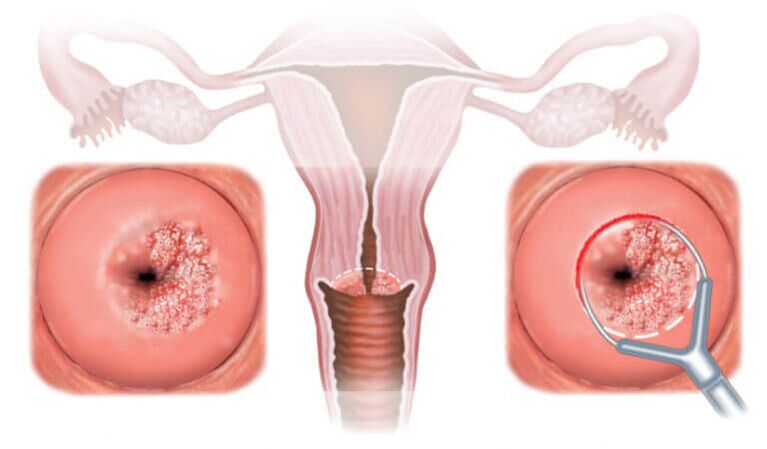Diseases of the external genital organs today are the most common and most common. For example, HPV infection has no symptoms for a long time and can cause serious consequences. Certain strains of the virus can lead to cancer of the rectum, vagina, and cervix. Therefore, it is important to timely diagnose and initiate proper treatment.
What is HPV?
Human papillomavirus is a common genital tract infection. This pathogen is found in almost every sixth resident of the planet. When infected, the pathogen will invade the epithelial cells, disrupt the division process, trigger the development of many different diseases. Mostly, the virus infects the organs of the genitourinary system, the anal rectal area. . Diseases occurring during HPV infection:
- Formation of genital warts.
- Development of papilloma of the respiratory tract.
- Damage to the genitals with the development of a tumor process.
Nearly 70% of the population are carriers of the disease without clinical manifestations of the disease. Reinfection can also occur throughout life. This is because not everyone who has ever been infected with the papillomavirus virus is resistant to the virus.

Types of HPV
More than 100 types of HPV are currently known. Some of them are relatively safe for human health, while others may trigger the development of oncology. Usually, clinical signs of the disease do not appear in the early stages. Usually, the first symptoms appear after the action of provoking factors.
According to oncological activity, such viruses are classified into:
- Strains have a high risk of causing cancer (18, 16, 31, 33, etc. )
- Strains with a low risk of causing cancer (6, 11, 32, 40-44, 72)
Low cancer-causing virus strains lead to the appearance of warts and papules on the skin on the body surface.
Highly carcinogenic strains induce the formation of genital warts in the anal genital area, on the surface of the cervix in women and penis in men.
Long-term body contact with viruses 16, 18, 31, 33 can lead to cervical dysplasia and a more serious disease - cervical cancer.
However, even in the presence of HPV in the body with a high risk of causing cancer, cancer does not always develop. Promptly call on experienced doctors to be diagnosed, the correct treatment is chosen, which will allow you to never face the dangerous clinical manifestations of the human papilloma virus.
How can you be infected
Women and men are equally infected with this pathogen.
The main route of transmission is considered the sexual route. Usually, HPV is infected after the first sex, but other ways of infection are also distinguished:
- Vertical. That means, while passing through the reproductive tract of a woman infected with the HPV virus, a newborn can become infected.
- Automatic transplanting. Can self-infect (transfer from one part of the body to another) by pulling hair or shaving.
- Contact and household registration. The human papillomavirus remains in the environment for a while. As a result, they may become infected after going to public places (bathrooms, gyms, swimming pools).
- Contact. It is possible to infect the wound surface on the skin or mucous membranes (abrasions, wounds, bruises).
- Sex. The most common path of infection.
Anyone can become infected with the virus. For timely diagnosis, you need to undergo preventive examinations with your doctor to identify the first symptoms of the pathology.

The main manifestations of infection
The presence of a papillomavirus infection may not have a clinical manifestation for a long time. The incubation period of the disease can last for several years, during which time the patient may be infected with many different viruses. Only after exposure to stimulants (immunodeficiency, hypothermia, stressful situations) can signs of HPV infection be observed. In most cases, self-healing of this infection occurs within 1-2 years, but in some patients the pathology becomes chronic.
The disease can manifest itself with the following forms:
- Genital warts (genital warts). Visually, these are cauliflower-like or comb-shaped papillae. They are flesh-colored or pink, and can be single or multiple. They can form anywhere, but are most commonly found on the skin and genital mucosa. The formations are characterized by a low carcinogenicity. They rarely complicate malignancies, usually not uncomfortable for the patient.
- Flat warts. They have a characteristic structure - they do not protrude on the mucous surface of the affected organ. Such formations have a high cancer potential, so they require a more thorough diagnosis. Usually located on the mucous membrane of the vaginal wall, urethra, cervix. To diagnose the nature of a condyloma, a biopsy is required.
- Dysplasia. It is characterized by a violation of the differential structure of the tissue. Often in the presence of atypical cells can cause the development of cancerous pathology.
- Requires close observation, and if necessary, corrective surgery.



Each form of pathology must be carefully monitored by a doctor. To reduce your risk of developing a cancerous process, you should eliminate such growths on the skin and mucous membranes.
Diagnosis of HPV
It is necessary to diagnose the presence of HPV in stages; For this, a number of physics, laboratory studies and instruments are used.
- Examination by a doctor. It can help identify the presence of warts. When you find that you have genital warts, you must examine the cervix. Ureteroscopy is also possible.
- Colposcopy. Specific tests are performed with acetic acid and iodine solution. With their help, you can determine the presence of atypical cells, signs of HPV infection and cervical cancer.
- Cytological examination. The cervical smear test is done on the lining of the cervix. This is a test that screens for the presence of precancerous and cancerous cells in the walls of the vagina or cervix.
Alternatively, histological examination of the tissues may be performed to detect sexually transmitted diseases that often contain HPV. PCR method has high diagnostic value. It can be used to identify strains of HPV.

Treatment of HPV (Human papillomavirus)
It is not possible to completely remove the virus from the patient's body. The doctor can only deal with the consequences of the infectious agent's life. As a general therapy, it is possible to use symptomatic drugs, antivirals and drugs that stimulate the immune process.
To combat genital warts, the following can be used:
- Cryodestruction, electrocoagulation, cauterization by laser or chemicals. Such methods are effective for removing genital warts.
- Electrosurgical therapy is used to remove the affected area on the surface of the cervix (dysplasia, condyloma).

Prevention of HPV
To prevent the development of the disease, many different methods are used. The most effective are:
- Monogamous relationship. You only have sex with one person with whom you are the only sex partner. This method will protect you from all sexually transmitted infections, including the HPV virus.
- The use of barrier contraception. It's easy, affordable, but not always 100% safe from infection. The infected person can become infected, even if the damaged skin comes into contact with the skin.
- Periodic medical examination. Girls need regular gynecological examination. Thanks to that, you can detect the first signs of the disease and initiate timely treatment.
- Vaccination. It is an effective and convenient method of prevention. The vaccine can be administered to both men and women. Vaccination is most effective before sexual activity (allowed to use from 9 years old). Or those who are sexually active in the absence of contraindications.
If you suspect the presence of an infection or the first manifestations of the disease, it is important to consult a doctor for a high-quality diagnosis and prompt treatment.

























